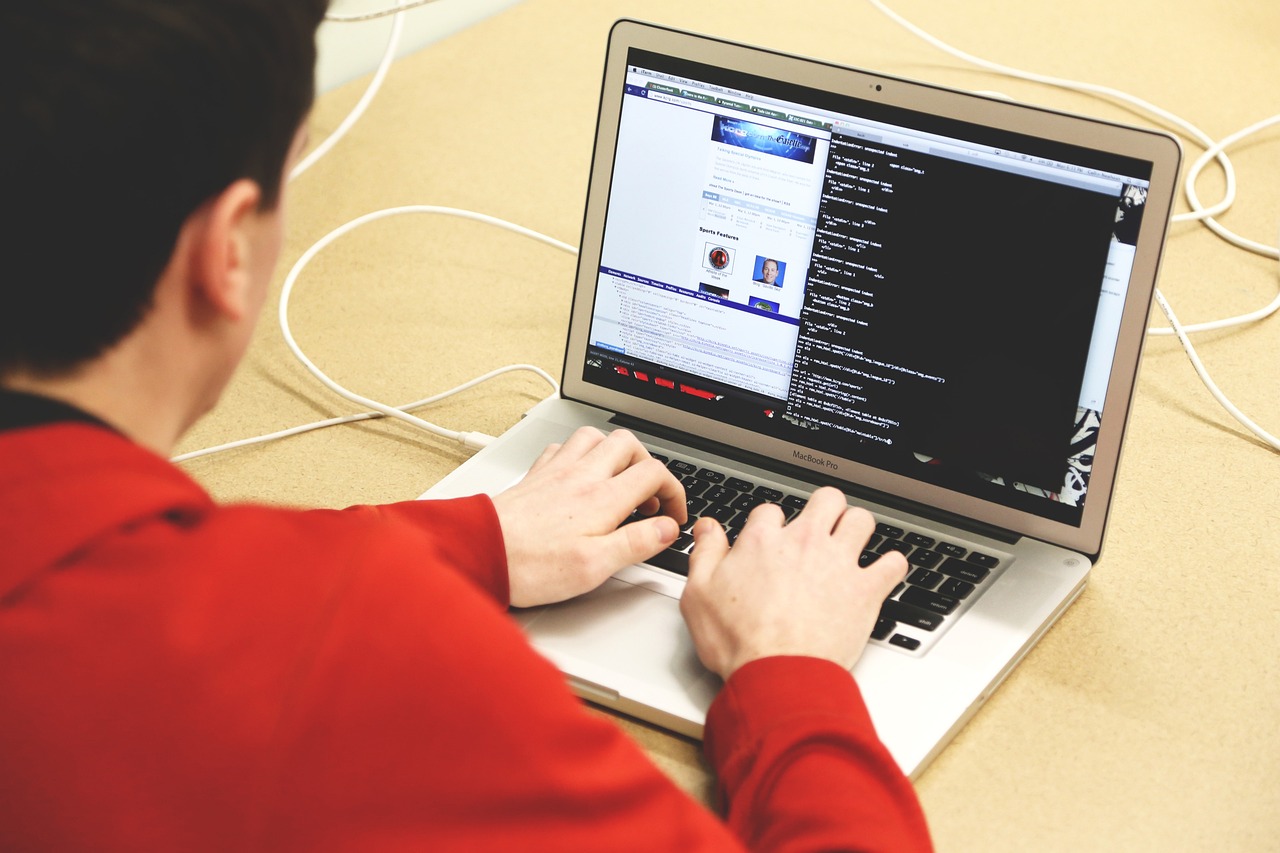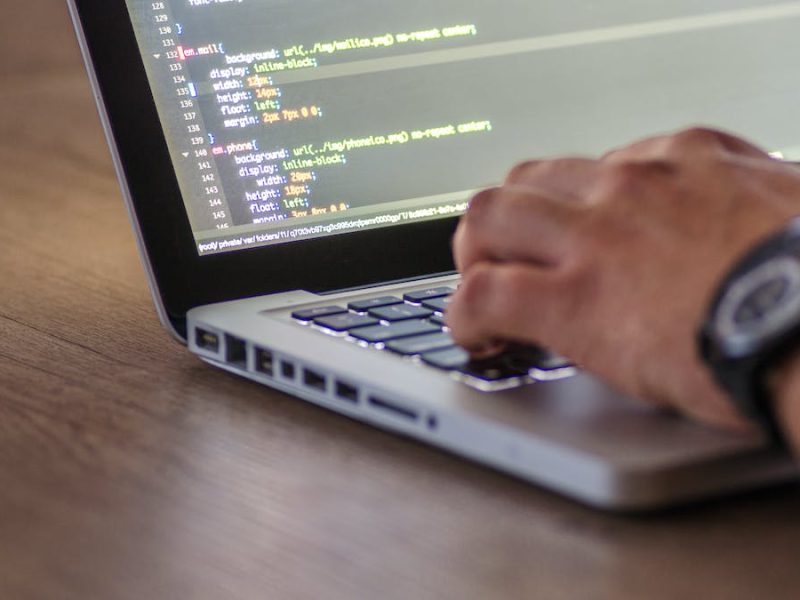Programming can be frustrating and confusing, but it does not have to be that way. When you know the right steps to follow, solving programming tasks can become easier than ever.
This article will offer you some tips for tackling your next programming challenge whether as a high school student, a college student, or a graduate.
Table of Contents
Tips for Solving Programming Tasks
When you are trying to solve a programming problem, there are many things to keep in mind. From ensuring that you understand the problem fully, to having all of the necessary information available, and using the right tools for your task – all of which will be explained further in detail.
The main goal of seeking tips and easier solutions to solving your programming tasks is to save time when debugging or testing your program. Below are some of the tips you should consider using.
1. Use a problem-solving strategy that will help you tackle the task logically
Once you know the task, utilize a problem-solving strategy. This can be divided into two steps:
- Process: Use a process to organize and brainstorm the steps needed to complete your programming task. The typical programming process would include: problem analysis; algorithm design/pseudocode; flowchart; coding; debugging; testing; final output; documentation. Each of these processes should be organized and broken down into smaller optimized and simplified steps – this often involves a reduction and generalization of your steps. If you are unsure what to do, you can seek help from websites such as Сengage WebAssign answers, to receive the necessary guidance.
- Checklist: Create a checklist with questions related to each step so that when something goes wrong with one part of the code, other parts of the code will not break down too badly as well. Your checklist should include relevant questions related to the progress of your programming. Creating a checklist will help remind you of the objective of your programming project.
2. Ensure you fully understand what needs to be done
The next step is to make sure you understand the task. When you are given a programming task, you must understand exactly what needs to be done. If your task does not make sense or if there are any questions about the instructions, ask for clarification from your teacher or professor.
Understanding the concept of your task will help you find the solution to the problem. This includes:
- Ensuring that you have all the information you need
- A clear idea of the usefulness of the project
- Understanding of the requirements and goals
To do this, it is important to ask yourself some questions: What do I want or need from this programming task? What problems does my code solve? How will this project help me and others?
3. Ensure you are using the right tools
When you are working on a programming project, the second step is to ensure that you are using the right tools that are specific to the job. This means using a tool that fits your needs and expectations.
For instance, if you want to write code in C++ but do not know how or where to start learning this programming language, try looking at online resources and hard-copy textbooks—you can learn more about C++ by reading and watching articles, practical YouTube videos, tutorials, and textbooks which specifically talk about the C++ code.
4. Develop and test your program in small steps
You should always plan to test the code; this will help you avoid bugs that could cause your program to fail or crash.
It is important to note that if one part of your program does not work correctly, it is easy to fix by just adding another line of code (or fixing one variable). But if there are several problems with a single line of code, then fixing them all may take more time than simply fixing one problem at a time.
With this approach, when something goes wrong during testing—for example, if an error appears on screen—you will know exactly where in the code caused this error so, that you can fix it immediately instead of wasting hours looking for what went wrong after finding out about multiple errors at once.
Conclusion
When you are trying to solve a programming problem, there are a lot of things to keep in mind. It is important to start by making sure that you fully understand what needs to be done. The tools you use should be the right ones for the job, so make sure they are up-to-date before starting any new project. Next, make sure you have all the information needed and have an organized system for recording it all down so that when it comes time to test your program in small steps – you will know exactly where everything belongs.

Alex is fascinated with “understanding” people. It’s actually what drives everything he does. He believes in a thoughtful exploration of how you shape your thoughts, experience of the world.


